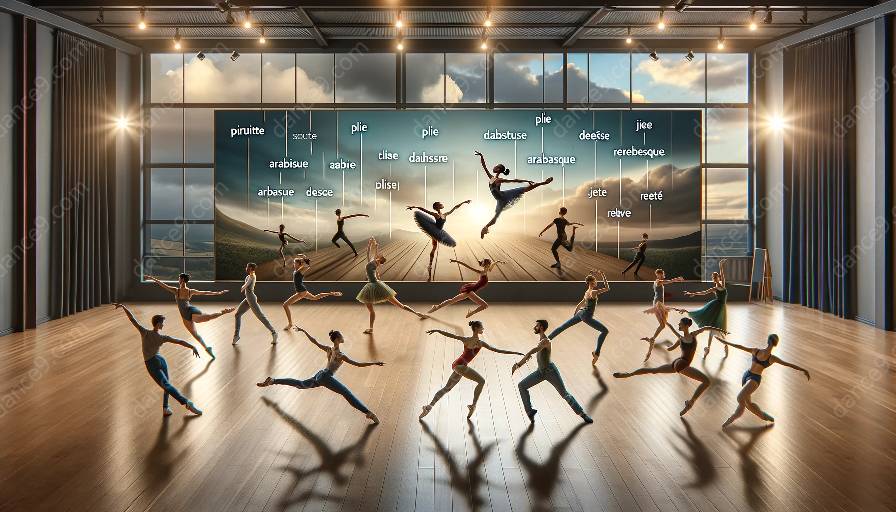Dance is a powerful form of expression and art, encompassing a wide range of movements and techniques. As university students pursuing dance studies, it's crucial to familiarize yourselves with essential dance vocabulary in order to better understand and communicate within the dance community. This comprehensive guide will delve into key dance terminology, its significance, and its application in various dance disciplines.
Dance Terminology Defined
Dance terminology encompasses a diverse array of words and phrases used to describe specific movements, positions, and techniques within the realm of dance. These terms are crucial for effective communication and instruction in dance, enabling dancers, choreographers, and instructors to convey precise details about movement and choreography.
Importance of Dance Terminology for University Students
For university students studying dance, mastering essential dance vocabulary is essential for several reasons:
- Effective Communication: By understanding dance terminology, students can effectively communicate with instructors, fellow dancers, and choreographers. This shared understanding facilitates smoother rehearsals, performances, and collaborative projects.
- Technique Precision: Understanding and applying dance terminology helps students refine their technique and execution, leading to improved overall performance and artistry.
- Artistic Development: Familiarity with dance terminology allows students to delve deeper into the artistic and technical aspects of dance, broadening their knowledge and enhancing their creativity.
Common Dance Terms for University Students
Explore a selection of essential dance vocabulary that university students should become familiar with:
- Plie: A bending of the knees, typically performed in various positions such as first, second, and fourth.
- Tendu: A stretching of the leg and foot in any direction while keeping the foot in contact with the floor.
- Port de Bras: The carriage and movement of the arms, essential for conveying expressions and storytelling through dance.
- Pirouette: A complete turn of the body on one foot, typically executed with a graceful and controlled spin.
- Grand Battement: A large, swift movement of the leg that is raised and extended from the hip and brought back down again.
- Jeté: A jump from one foot to the other, typically with one leg extended and the other brought up to meet it in mid-air.
- Choreography: The art of creating and arranging dance movements and sequences to form a complete work.
- Adagio: A slow and controlled tempo in dance, emphasizing sustained movements and emotional expression.
Application of Dance Terminology in Different Dance Disciplines
Depending on the style and discipline of dance, certain terminology may be more prevalent and crucial. Understanding how these terms are applied in various dance forms is essential for a well-rounded dance education. For example:
- Ballet: In ballet, precise terminology is essential for executing classical movements like pliés, tendus, and port de bras with the utmost grace and precision.
- Jazz Dance: Jazz dance often incorporates terminology related to syncopated rhythms, isolations, and dynamic movement qualities.
- Contemporary Dance: Contemporary dance utilizes a blend of ballet and modern dance terminology, emphasizing expressiveness and fluidity of movement.
- Hip-Hop: Hip-hop dance terminology includes an array of urban dance styles, incorporating terms related to popping, locking, and freestyle movements.
- Tap Dance: Tap dance terminology revolves around the various sounds and rhythms created by the feet through techniques such as shuffles, flaps, and time steps.
- Latin Dance: Latin dance genres such as salsa, samba, and tango feature terminology specific to the rhythmic patterns and partnering techniques unique to each style.
Conclusion
Mastering essential dance vocabulary is a fundamental component of a university dance student's education. By understanding and applying key dance terminology, students can enhance their communication skills, artistic development, and technical precision within the diverse world of dance. In turn, this knowledge empowers dancers to express themselves more effectively, collaborate proficiently, and continue evolving as skilled dance artists.











































